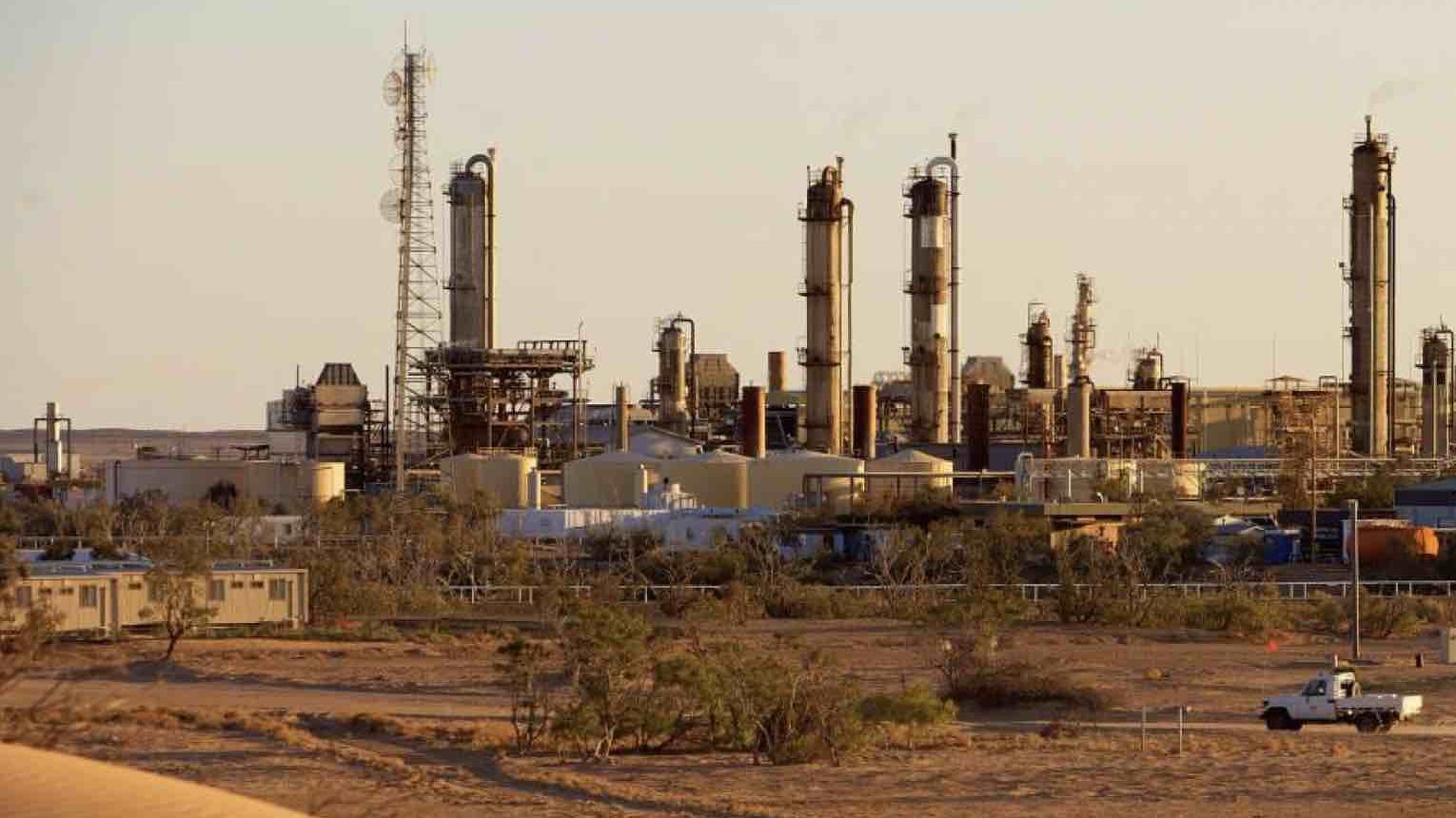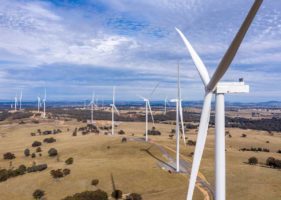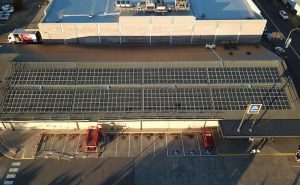Doubts have been raised around the claimed emissions reductions of a carbon capture and storage project being developed with the assistance of millions in federal government subsidies, with suggestions the project could lead to an overall increase in the use of fossil fuels.
A new analysis produced by The Australia Institute suggests the Moomba carbon capture and storage project, being developed by Santos at the gas hub, could end up using the storage of carbon emissions to assist the extraction of more fossil fuels, using a process called “enhanced recovery”.
The enhanced recovery processes use carbon dioxide, injected into an oil or gas deposit to aid the further extraction of remaining reserves in the deposit. Such methods have been a common way for companies to boost fossil fuel yields.
The Australia Institute has pointed to statements made by Santos and approvals granted by the South Australian government to suggest the Moomba carbon capture and storage project could deploy such enhanced recovery techniques.
It means that the carbon capture and storage project being developed at Moomba could ultimately lead to the increased consumption of fossil fuels and higher overall greenhouse emissions, despite the project being set to be rewarded with potentially lucrative carbon offset units.
The Santos project has already won significant backing from the Morrison government, which provided a $15 million grant to the project under its Carbon Capture Use and Storage Development Fund.
The Morrison government has also sought to allow the project to participate in the Emissions Reduction Fund (ERF) that would allow Santos to claim offset credits for the emissions stored at the Moomba facility.
“Santos’ Moomba CCS project has been approved by the South Australian government with the understanding that it will enhance oil recovery, while ERF funding requires that it will not include such activities,” principal advisor at The Australia Institute, Mark Ogge, said.
“Neither Santos nor the Federal Government have provided evidence that the Moomba CCS project has changed from its original design to meet the Emissions Reduction Fund requirements.”
In a statement to RenewEconomy, a Santos spokesperson denied that the carbon capture and storage (CCS) project at Moomba would be used for increased extraction of fossil fuels, saying it should not be characterised a carbon capture “use” and storage (CCUS) project.
“The Moomba project is a CCS project and not a CCUS project as has been made clear on countless occasions. Any reporting of Moomba being a CCUS project are deceptive and misleading,” a Santos spokesperson said.
“To further highlight the misleading nature of the claims, the CO2 is being injected into depleted gas reservoirs, i.e. there is no oil to recover.”
Santos CEO Kevin Gallagher told ABC’s 730 program on Tuesday that the company was focusing “only on storage” for “phase one” of the project, but would not discuss future projects.
The Australia Institute argued that Santos’ own documentation shows the project was intended to utilise the ‘enhanced recovery’ technique for both oil and gas extraction at the Moomba plant.
“A significant amount of publicly available evidence suggests that Santos’ Moomba CCS project includes both enhanced oil recovery and enhanced gas recovery,” Ogge said.
Multiple company documents show Santos has not only been injecting CO2 underground for enhanced oil recovery for decades, but that the Moomba CCS was originally envisaged as enhanced oil recovery, is approved as enhanced oil recovery, and that enhanced oil recovery is a foundation of Santos “CCUS vision’,”
“Enhanced oil recovery is not a new technology to reduce emissions. It is a fifty-year-old practice of injecting CO2 into depleted oil and gas fields to increase oil production.
“Enhanced oil recovery can increase the amount of oil recovered from fields by up to 40 per cent and extend the oil field’s life by decades,” Ogge added.
In October, the Clean Energy Regulator, which administers the Emissions Reduction Fund, announced that carbon capture and storage would become an eligible methodology for abatement and CCS projects would be eligible to claim Australian Carbon Credit Units.
The Australia Institute questioned how the project could be eligible for such credits, given the potential for higher overall greenhouse gas emissions and an explicit exclusion of projects that include enhanced recovery practices.
“Excluding enhanced hydrocarbon recovery from the method is necessary because these projects are used to increase fossil fuel production, and therefore increase overall emissions, not reduce them. To be credited under an ERF method, a project must represent a real reduction in emissions,” the Australia Institute report says.
A model of the Moomba CCS project was featured in the Morrison government’s official pavilion at the COP26 climate talks in Glasgow. Climate groups said it was inappropriate for the Government to be using its official presence within climate change negotiations to promote the fossil fuel industry.
Good, independent journalism takes time and money. But small independent media sites like RenewEconomy have been excluded from the millions of dollars being handed out to big media companies from the social media giants. To enable us to continue to hold governments and big business to account on climate and the renewable energy transition, and to help us highlight the extraordinary developments in technology and projects that are taking place, you can make a voluntary donation here to help ensure we can continue to offer the service free of charge and to as wide an audience as possible. Thank you for your support.










